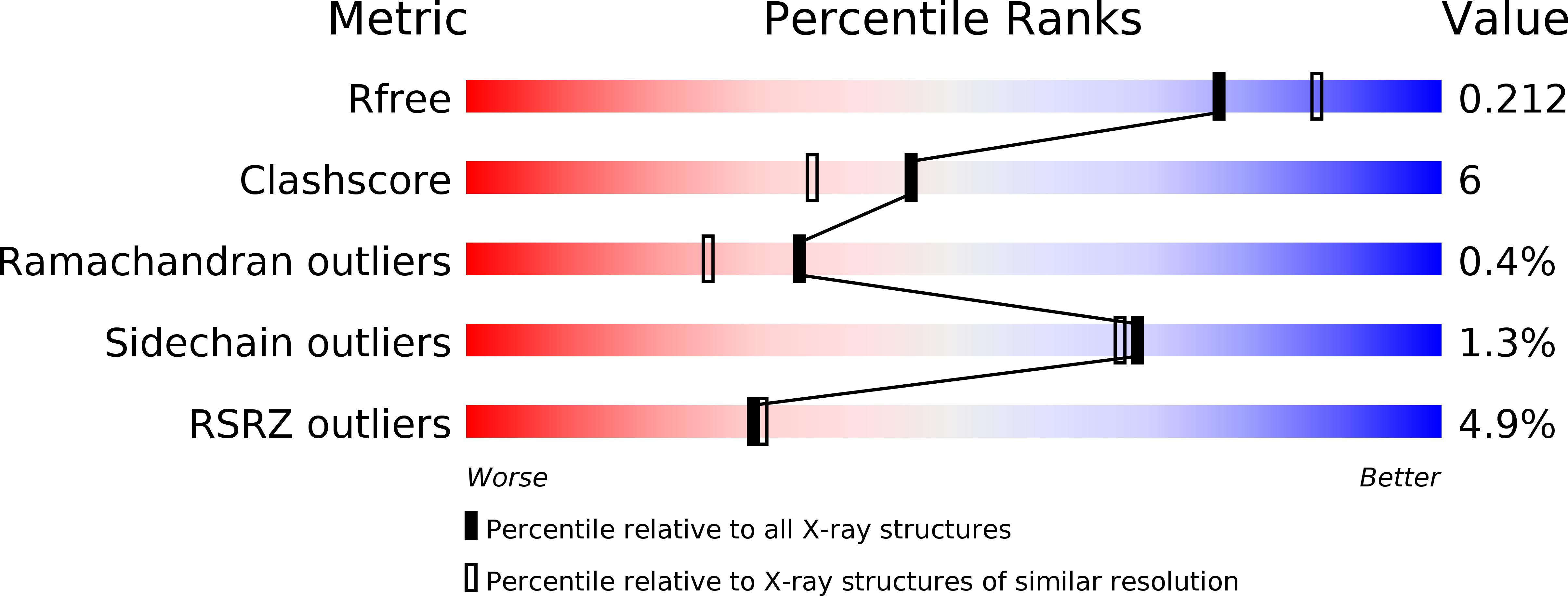
Deposition Date
2019-01-04
Release Date
2020-01-08
Last Version Date
2024-10-30
Method Details:
Experimental Method:
Resolution:
2.07 Å
R-Value Free:
0.21
R-Value Work:
0.18
R-Value Observed:
0.18
Space Group:
P 31 2 1


